| Availability: | |
|---|---|
| Quantity: | |











Product Application
Xanthan Gum is a natural polysaccharide widely used as a thickening agent and stabilizer in various food and industrial applications. It is produced through the fermentation of sugars by the bacterium Xanthomonas campestris. Xanthan gum is known for its unique ability to create a thick, viscous solution even at low concentrations, making it a valuable ingredient in many formulations. With its excellent emulsifying properties, xanthan gum helps to stabilize oil-in-water emulsions, preventing separation and improving texture. In the food industry, it is commonly found in salad dressings, sauces, gluten-free baked goods, and dairy products. Its versatility extends beyond food, as it is also utilized in cosmetics, personal care products, and pharmaceuticals for its thickening and stabilizing properties.

Hydration: Xanthan gum should be hydrated properly before use to avoid clumping. It can be mixed with water or other liquid ingredients, ideally using a high-shear mixer or blender to ensure even dispersion.
Baking Applications: When using xanthan gum in baked goods, add it to the dry ingredients before mixing with wet ingredients. For gluten-free recipes, a typical usage level is about 1 teaspoon per cup of gluten-free flour.
Dressings and Sauces: For salad dressings and sauces, xanthan gum can be added directly to the liquid phase. Start with a small amount (about 0.1% to 0.5% of the total weight) and gradually increase until the desired thickness is achieved.
Cosmetics and Personal Care: In lotions and creams, xanthan gum can be used to stabilize emulsions. Typically, a concentration of 0.5% to 2% is recommended, depending on the desired viscosity.

Product Application
Xanthan Gum is a natural polysaccharide widely used as a thickening agent and stabilizer in various food and industrial applications. It is produced through the fermentation of sugars by the bacterium Xanthomonas campestris. Xanthan gum is known for its unique ability to create a thick, viscous solution even at low concentrations, making it a valuable ingredient in many formulations. With its excellent emulsifying properties, xanthan gum helps to stabilize oil-in-water emulsions, preventing separation and improving texture. In the food industry, it is commonly found in salad dressings, sauces, gluten-free baked goods, and dairy products. Its versatility extends beyond food, as it is also utilized in cosmetics, personal care products, and pharmaceuticals for its thickening and stabilizing properties.

Hydration: Xanthan gum should be hydrated properly before use to avoid clumping. It can be mixed with water or other liquid ingredients, ideally using a high-shear mixer or blender to ensure even dispersion.
Baking Applications: When using xanthan gum in baked goods, add it to the dry ingredients before mixing with wet ingredients. For gluten-free recipes, a typical usage level is about 1 teaspoon per cup of gluten-free flour.
Dressings and Sauces: For salad dressings and sauces, xanthan gum can be added directly to the liquid phase. Start with a small amount (about 0.1% to 0.5% of the total weight) and gradually increase until the desired thickness is achieved.
Cosmetics and Personal Care: In lotions and creams, xanthan gum can be used to stabilize emulsions. Typically, a concentration of 0.5% to 2% is recommended, depending on the desired viscosity.

Product Advantage
Versatile Thickening Agent: Xanthan gum can be used in a wide range of applications, from food products to cosmetics and pharmaceuticals. It is effective in both hot and cold formulations, providing flexibility in product development.
Stability in Emulsions: Xanthan gum excels at stabilizing emulsions, preventing separation of ingredients and maintaining a smooth texture. This property is particularly beneficial in salad dressings, sauces, and dairy products.
Gluten-Free Alternative: For those following gluten-free diets, xanthan gum serves as a key ingredient in gluten-free baking. It mimics the texture and elasticity that gluten provides, helping to improve the structure of gluten-free bread and pastries.
Low Usage Levels: Even at low concentrations, xanthan gum is highly effective. Typically, only 0.5% to 2% is needed to achieve the desired viscosity, making it a cost-effective choice for manufacturers.
Improved Mouthfeel: Xanthan gum enhances the mouthfeel of products, providing a smooth and creamy texture that improves the overall sensory experience for consumers.
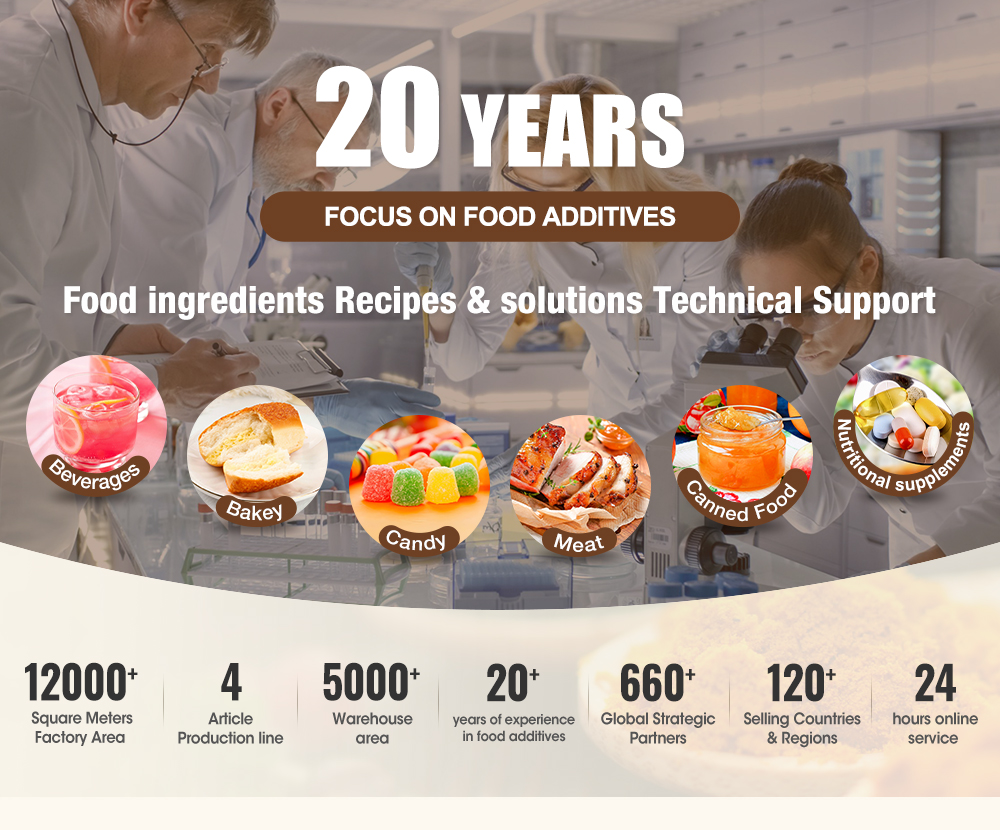
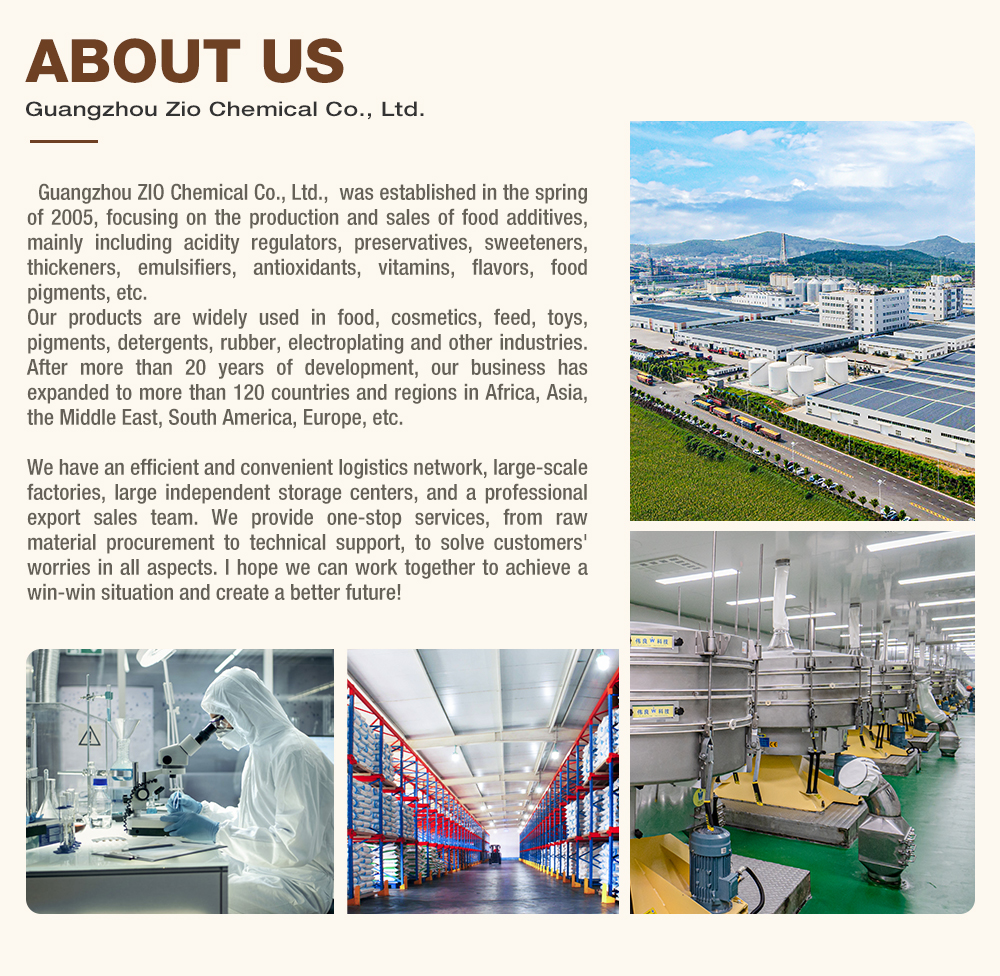
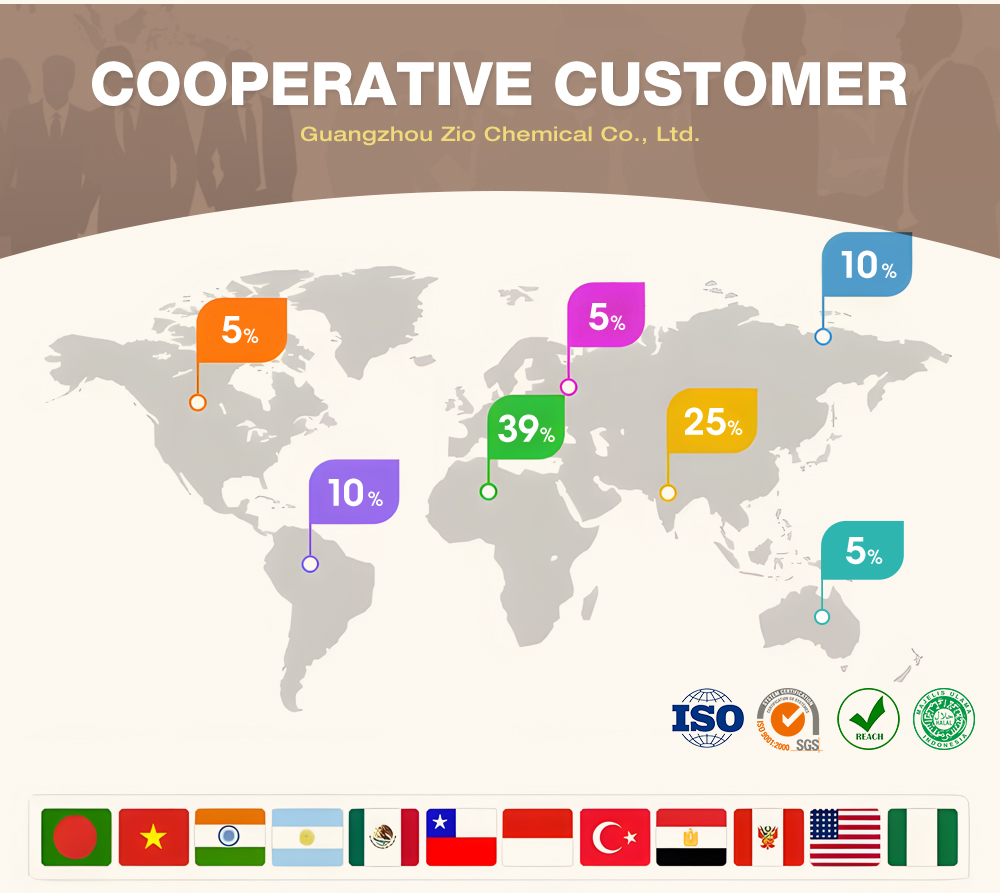




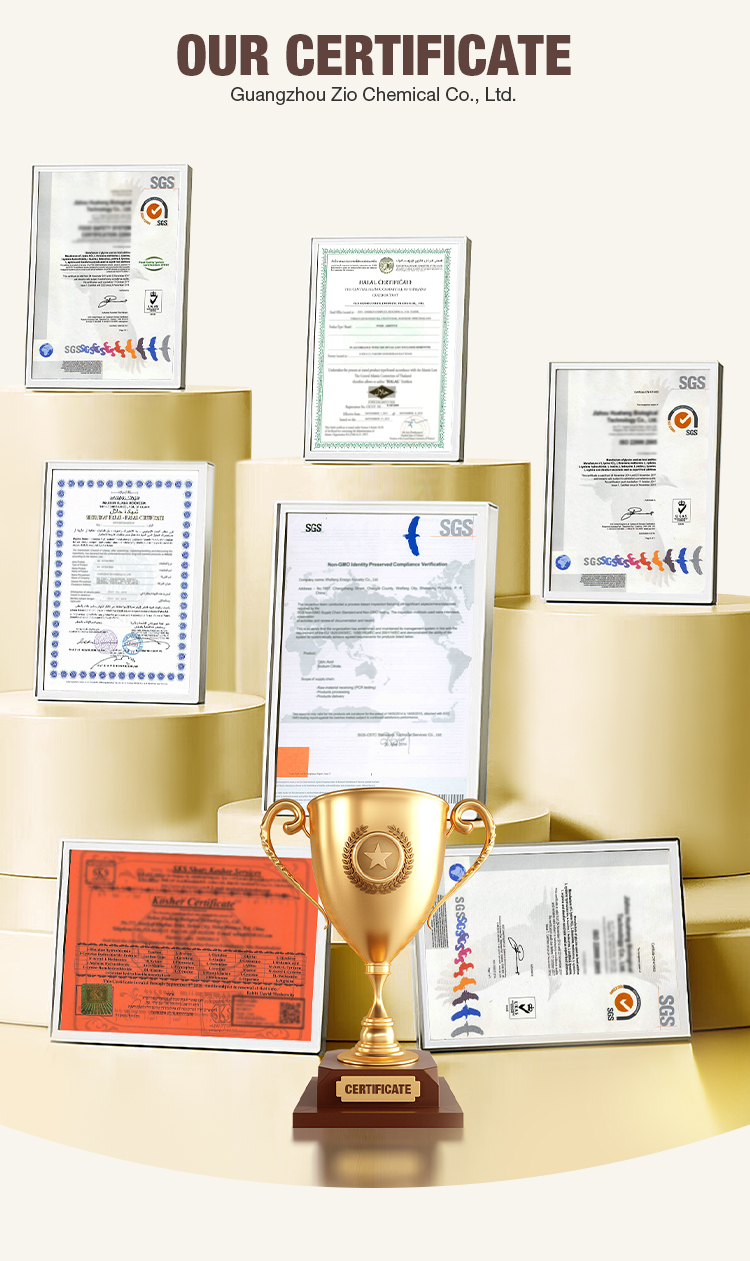

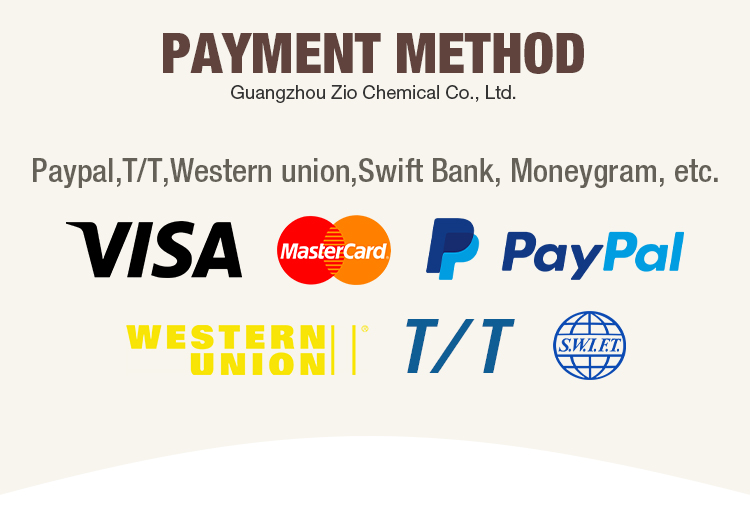


Product Advantage
Versatile Thickening Agent: Xanthan gum can be used in a wide range of applications, from food products to cosmetics and pharmaceuticals. It is effective in both hot and cold formulations, providing flexibility in product development.
Stability in Emulsions: Xanthan gum excels at stabilizing emulsions, preventing separation of ingredients and maintaining a smooth texture. This property is particularly beneficial in salad dressings, sauces, and dairy products.
Gluten-Free Alternative: For those following gluten-free diets, xanthan gum serves as a key ingredient in gluten-free baking. It mimics the texture and elasticity that gluten provides, helping to improve the structure of gluten-free bread and pastries.
Low Usage Levels: Even at low concentrations, xanthan gum is highly effective. Typically, only 0.5% to 2% is needed to achieve the desired viscosity, making it a cost-effective choice for manufacturers.
Improved Mouthfeel: Xanthan gum enhances the mouthfeel of products, providing a smooth and creamy texture that improves the overall sensory experience for consumers.











